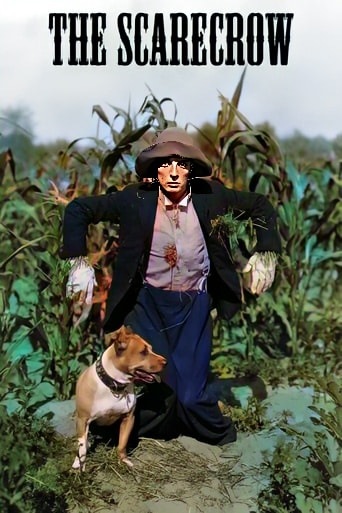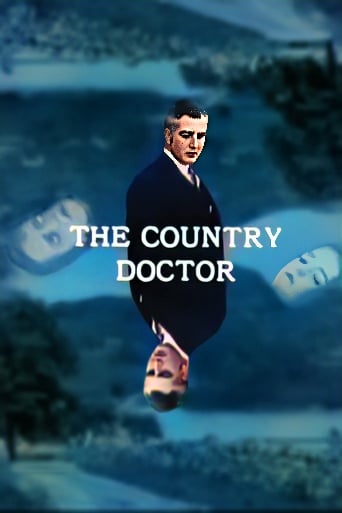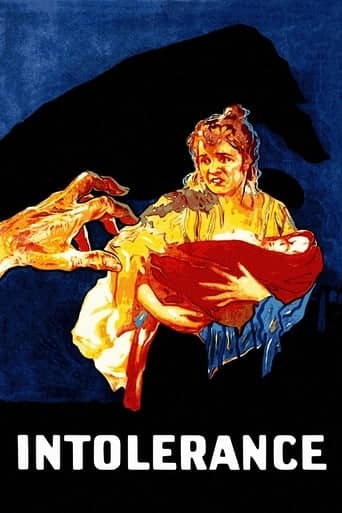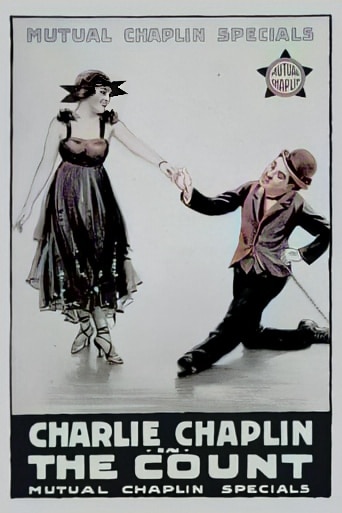The Scarecrow (1920)

 “The Scarecrow” (1920), directed by Edward F. Cline and starring Buster Keaton, Joe Keaton, Joe Roberts, and Sybil Seely, is a classic silent comedy that showcases the brilliance of Buster Keaton’s physical comedy and inventive storytelling.
“The Scarecrow” (1920), directed by Edward F. Cline and starring Buster Keaton, Joe Keaton, Joe Roberts, and Sybil Seely, is a classic silent comedy that showcases the brilliance of Buster Keaton’s physical comedy and inventive storytelling.
In this short film, clocking in at around 18 minutes, Keaton and his collaborators create a timeless piece of cinema that continues to delight audiences with its clever gags, slapstick humor, and innovative use of props and set pieces.
The narrative of “The Scarecrow” centers around two farmhands, played by Buster Keaton and Edward F. Cline, who find themselves vying for the affections of the same girl, portrayed by Sybil Seely. The film unfolds in a series of hilarious and absurd situations as the two inventive rivals compete for the hand of the girl next door.
At its core, “The Scarecrow” is a showcase of Buster Keaton’s comedic genius. From the outset, Keaton’s deadpan expression and physical agility set the tone for the film’s humor. The character dynamics between Keaton and Cline create a delightful camaraderie, and their chemistry on screen is evident as they navigate the challenges of farm life and romantic rivalry.
The setting of the film, a small rural farm, becomes a playground for Keaton’s creativity. The use of practical sets and inventive props adds a layer of visual interest to the comedy. The titular scarecrow itself becomes a central element in the film’s gags, as Keaton and Cline ingeniously incorporate it into their schemes and comedic routines.
Sybil Seely, in her role as the object of affection, adds a charming dynamic to the story. The romantic subplot provides a foundation for the comedic conflicts that ensue between Keaton and Cline. Seely’s expressive performance complements the physicality of Keaton’s comedy, creating a well-rounded ensemble that contributes to the film’s overall appeal.
The film’s short runtime is a testament to the efficiency of silent film storytelling. “The Scarecrow” wastes no time in establishing its premise and diving into a series of comedic vignettes. Each scene is carefully crafted to maximize laughs, relying on visual gags, clever timing, and Buster Keaton’s unparalleled physical prowess.
One of the standout sequences in the film involves the design and construction of a makeshift house by Keaton and Cline. The sequence is a masterpiece of visual comedy, showcasing Keaton’s ability to turn everyday objects into sources of humor. From the rotating bed to the unpredictable water pump, the construction of the house becomes a symphony of slapstick antics.
The film’s commitment to practical effects and stunts adds an authentic and visceral quality to the comedy. Keaton was known for performing his own stunts, and “The Scarecrow” is no exception. From acrobatic falls to precision-timed gags, Keaton’s physicality becomes an integral part of the film’s charm. The authenticity of these stunts adds a layer of excitement and danger that resonates with audiences.
Edward F. Cline, both as a co-star and director, plays a crucial role in the film’s success. His collaboration with Keaton creates a seamless blend of performances, with each actor complementing the other’s strengths. Cline’s contributions to the film’s comedic timing and visual style showcase the effectiveness of a well-coordinated creative team.
The silent film medium allows for a universal and timeless quality in its storytelling. While dialogue is absent, the visual language of “The Scarecrow” transcends language barriers, making it accessible and enjoyable for audiences across cultures and generations. Keaton’s physical comedy relies on universal themes of love, rivalry, and absurdity, ensuring its enduring appeal.
The film’s ending, without giving away spoilers, is a satisfying resolution to the comedic conflicts that unfold. The conclusion ties together the various gags and storylines, delivering a punchline that leaves audiences with a sense of fulfillment. The brevity of the film is an asset, as it maintains a brisk pace and ensures that every scene contributes to the overall comedic experience.
“The Scarecrow” is a testament to the enduring legacy of silent comedy and the brilliance of Buster Keaton. The film’s influence can be seen in the comedic traditions that followed, inspiring generations of filmmakers and performers. Keaton’s unique style, blending physical dexterity with deadpan humor, has left an indelible mark on the history of cinema.
In conclusion, “The Scarecrow” (1920) remains a classic in the silent comedy genre. Buster Keaton’s comedic genius, coupled with the collaborative efforts of the ensemble cast and director Edward F. Cline, creates a timeless piece of cinema. The film’s innovative use of props, inventive gags, and universal themes of love and rivalry contribute to its enduring appeal. As audiences continue to appreciate the artistry of silent film, “The Scarecrow” stands as a shining example of the comedic brilliance that defined the era and continues to bring laughter to audiences worldwide.
Release Date: November 7th, 1920
Main Cast Members
Buster Keaton (Farmhand)
Edward F. Cline (Hit-and-Run Truck Driver)
Joe Keaton (Farmer)
Joe Roberts (Farmhand)
Sybil Seely (Farmer’s Daughter)
Al St. John (Man with Motorbike)
Loading live eBay listings...




